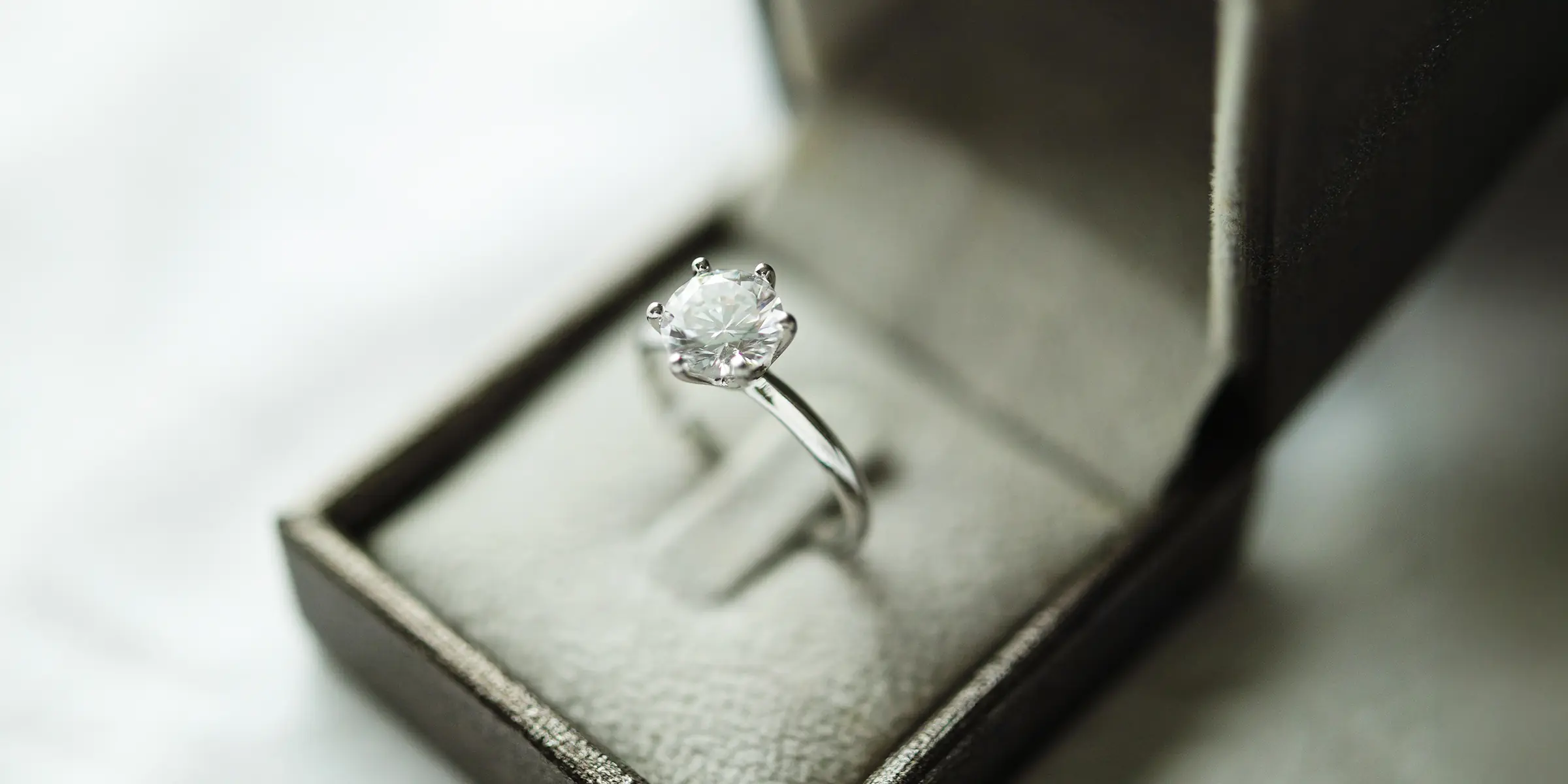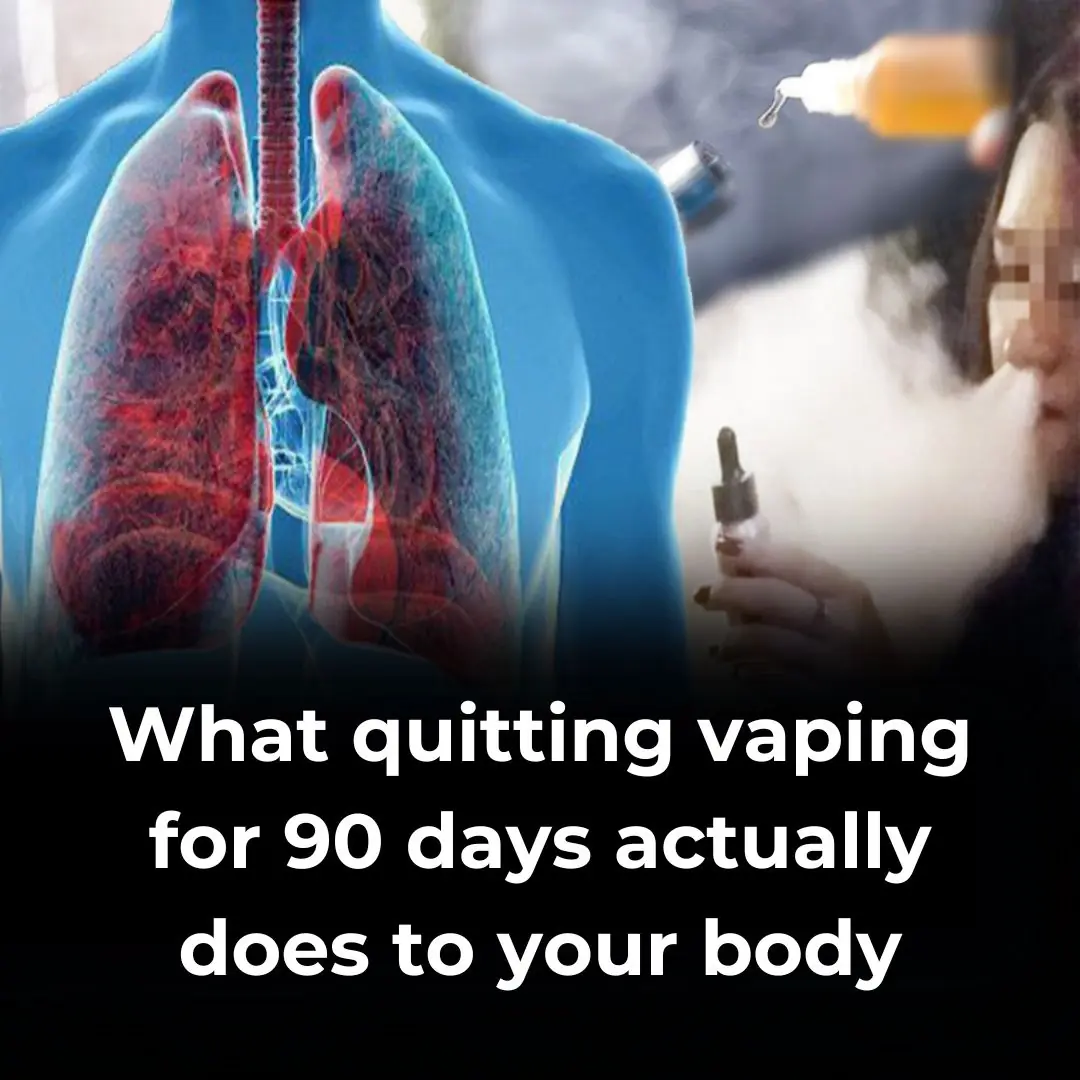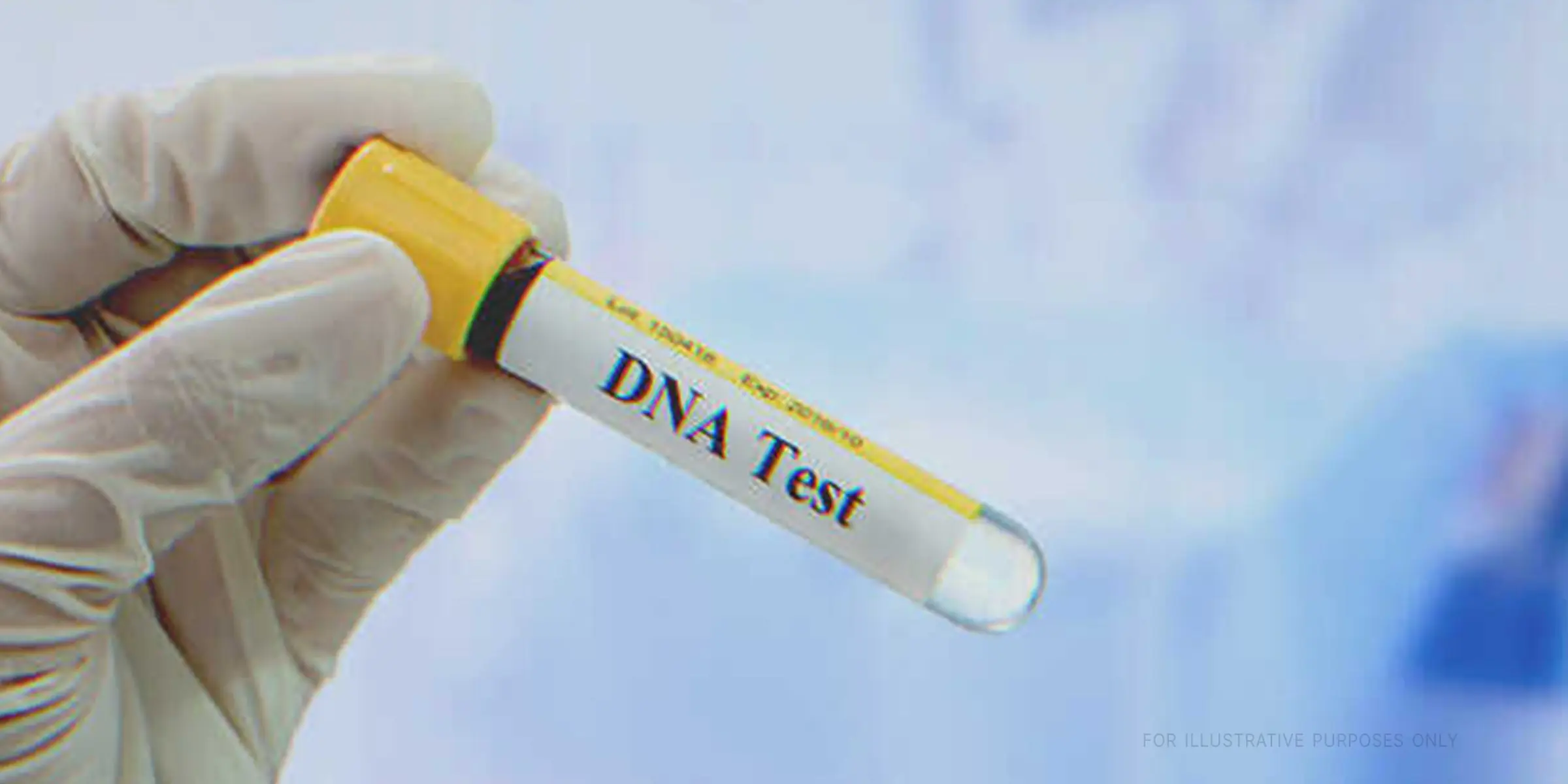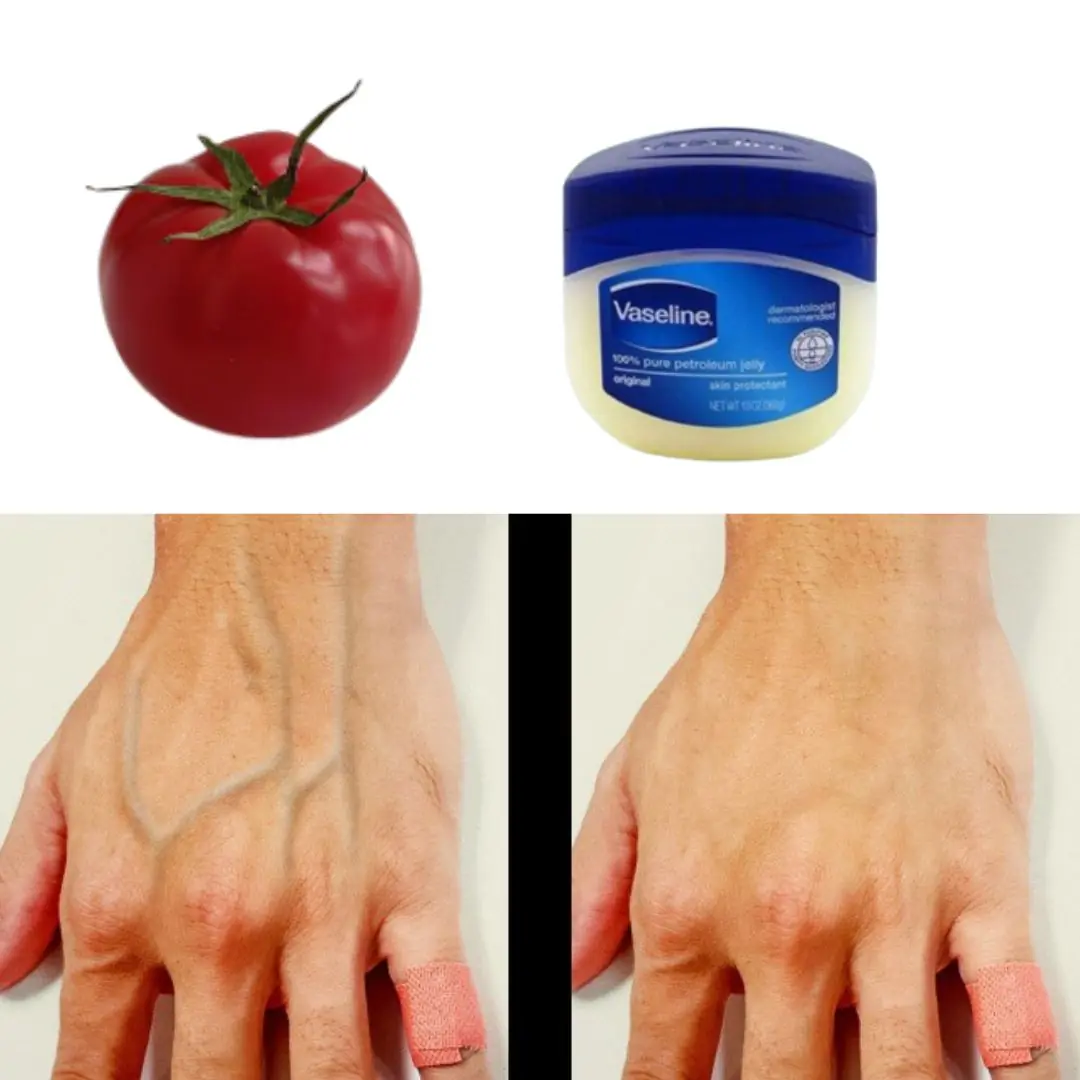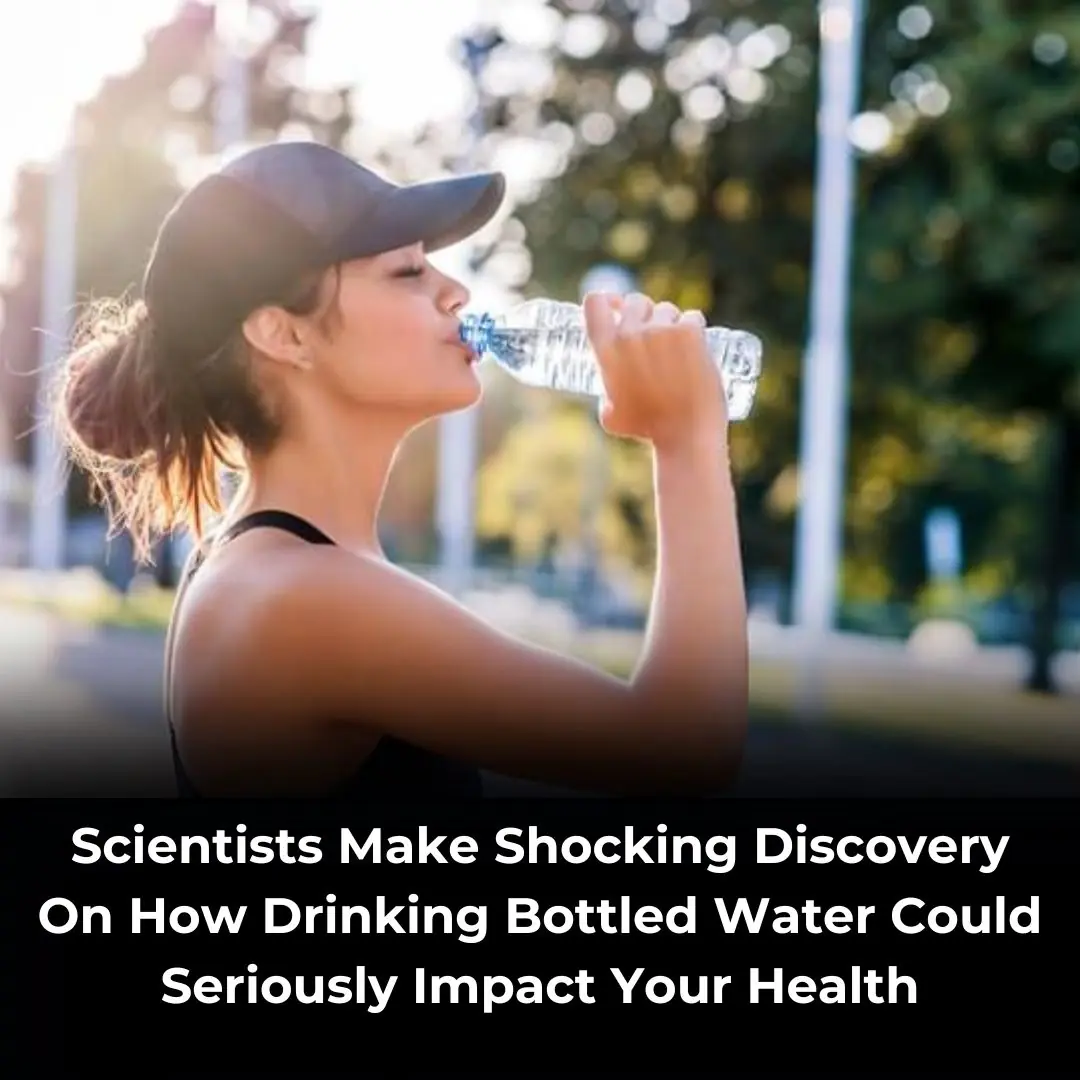 Health researchers are raising serious concerns after discovering a hazardous substance hiding inside plastic water bottles that could be affecting your organs more than previously thought.
Health researchers are raising serious concerns after discovering a hazardous substance hiding inside plastic water bottles that could be affecting your organs more than previously thought.
Recent industry statistics reveal that people across North America consumed a staggering 16.2 billion gallons of bottled water in 2024, marking a noticeable 2 percent jump from the previous year. This increase reflects the ongoing preference for bottled water as a convenient and seemingly healthy hydration choice.
However, new research is shedding light on the hidden dangers of this widely consumed product. While grabbing a bottle of your favorite brand might seem like a smart choice for staying hydrated, experts now say it could actually be harming your body in ways you never expected.
What We Already Knew About Bottled Water Safety
Previous studies from Columbia and Rutgers Universities found that just one liter of bottled water contained approximately 240,000 fragments of microplastics and nanoplastics. These tiny plastic particles, formed as larger plastics break down, have been found in everyday items like beauty products, cleaning supplies, and even single-use water bottles.
After testing five samples from three major bottled water brands, scientists discovered seven distinct types of plastics present in the water. The list of materials included nylon (known as polyamide), PET (which is part of the polyester family), and even polystyrene.
In their study, published in the journal Proceedings of the National Academy of Sciences, experts suggested that most of the microplastics likely originated from the bottles themselves, breaking down over time. These findings raised red flags about the potential health risks associated with consuming bottled water regularly.
Researchers warned that these microplastics, once ingested, could travel to critical organs such as the liver, kidneys, and brain. In pregnant individuals, they could even cross the placental barrier and reach unborn babies, according to CNN reports. Over time, the accumulation of these plastic fragments in the body could contribute to chronic health conditions, including inflammation and metabolic disorders.
Microplastics Found in Bottled Water Can Wreak Havoc on Our Kidneys and Overall Health
Building on previous research, a new study in Communications Biology has now shown that our kidneys may be taking the brunt of the damage from microplastic exposure.
This research, titled Activation of Gut Metabolite ACSL4/LPCAT3 by Microplastics in Drinking Water Mediates Ferroptosis via Gut-Kidney Axis, found that microplastics are a major carrier of Benzo(a)pyrene (BaP), a toxic hydrocarbon.
BaP is known to increase cancer risk, cause genetic issues, and even affect fertility, according to the European Chemicals Agency (ECHA). It’s also considered highly toxic to aquatic ecosystems and has been linked to allergic skin reactions in humans.
The study claims that bottled water is a leading source of these microplastics, warning that the BaP-laced fragments are damaging our gut lining, harming kidneys, and triggering inflammation throughout the body. These disruptions can lead to serious health concerns, including oxidative stress, organ dysfunction, and increased susceptibility to chronic diseases such as kidney failure and cardiovascular conditions.
How to Lower Your Microplastic Intake
The good news? You can drastically reduce your microplastic consumption simply by steering clear of bottled water altogether.
Experts recommend installing a high-quality water filter at home. This simple change can reduce your microplastic intake by as much as 90 percent, significantly lowering the risk of long-term health complications.
One study from Genomic Press noted that switching away from bottled drinks could cut your yearly exposure to microplastics from 90,000 particles down to just 4,000.
"Given the widespread presence of microplastics in the environment, completely eliminating exposure is unrealistic," researchers noted.
"A more practical approach is to reduce the most significant sources of microplastic intake, such as bottled water and single-use plastics."
Other Helpful Steps to Reduce Plastic Exposure

If bottled water is still your go-to, don’t worry. There are plenty of other steps you can take to limit your intake of microplastics and minimize overall plastic exposure.
For starters, try storing food in glass containers, using stainless steel or bamboo straws, and paying close attention to your seafood consumption, as marine life is heavily affected by microplastic pollution.

Another tip is to ditch plastic bags at the store and bring along a reusable cotton tote instead. Opting for organic, natural fiber clothing can also help reduce exposure, as synthetic fabrics shed microplastics during washing.
Additionally, using public transportation more often or driving electric vehicles can help reduce air pollution, which also contributes to microplastic pollution in our environment. Supporting policies that limit plastic waste and encourage sustainable alternatives can also have a broader impact on reducing microplastic contamination worldwide.
By making these small but impactful changes, you can protect your health and contribute to a cleaner, safer environment for future generations.

 Health researchers are raising serious concerns after discovering a hazardous substance hiding inside plastic water bottles that could be affecting your organs more than previously thought.
Health researchers are raising serious concerns after discovering a hazardous substance hiding inside plastic water bottles that could be affecting your organs more than previously thought.



